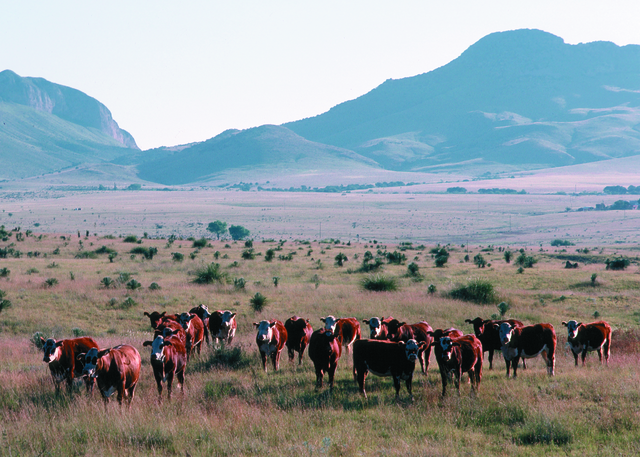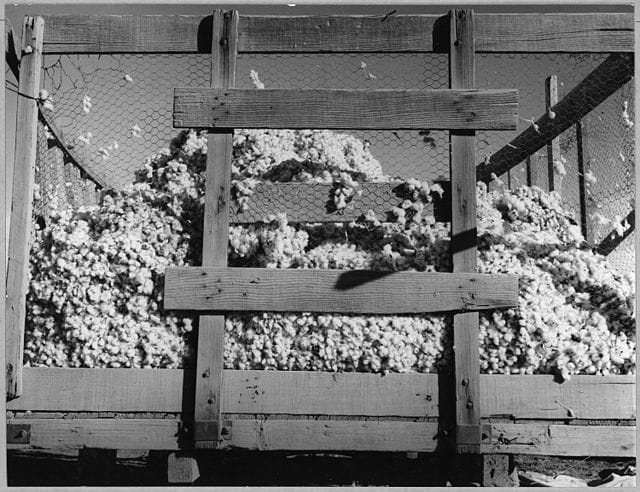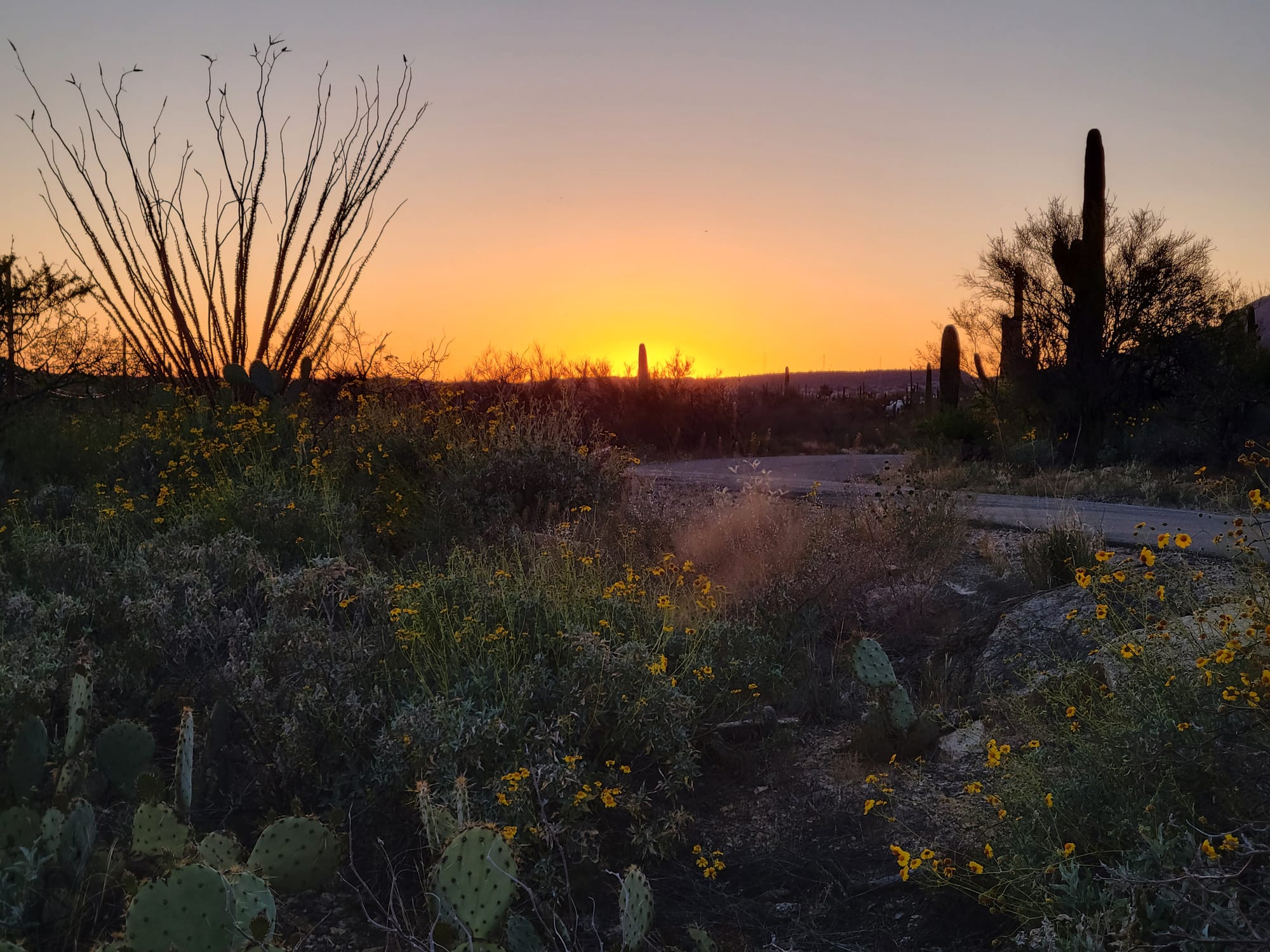The 5 C's of Arizona


Have you ever wondered what truly built Arizona? It was not only stunning landscapes and sunny days. For decades, the state’s success has been summed up in five simple words that all start with the letter C. Copper, Cotton, Cattle, Citrus, and Climate shaped the economy, the culture, and the identity of Arizona. You can see their story in the imagery of the state seal and in the towns and farms that still dot the map today. Let's look how each C rose, how it changed daily life, and where you can still see its legacy across the state.
Copper
Copper sits at the center of Arizona’s story. The nickname Copper State exists for a reason.
In the nineteenth century, prospectors found rich deposits in the mountains of southern and central Arizona. The arrival of the Southern Pacific Railroad made large operations possible. Rail lines moved ore, supplies, and workers, and mining camps grew into full towns.
You can trace this history in places like Bisbee, Jerome, Globe, and Morenci. Some towns boomed and later quieted, leaving behind sturdy brick buildings, narrow streets, and mine shafts that still tell the tale. A great way to step into that world is the Copper Queen Mine tour in Bisbee, where you ride into the cool dark and walk past the tools and stopes that powered an industry.
Copper shaped paychecks and politics for generations. Arizona has led the nation in copper production for much of its modern history, and copper remains a major export used in wiring, electronics, and renewable energy. You can even spot the copper colored star on the state flag, a daily reminder of what came out of the ground.
Where to see it today: Old mining districts in Bisbee and Jerome, working operations near Globe and Morenci, local museums that interpret mining life.
Cattle
Ranching arrived with Spanish settlers and grew quickly after the Civil War. Open ranges, tall grass in wetter years, and access to rail shipping turned Arizona into cattle country.
Ranch life helped build the image many people still hold of Arizona. The cowboy on horseback. The windmill turning over a distant water tank. The roundup that brings neighbors together. Historic outfits like Sierra Bonita Ranch in Graham County became anchors for nearby communities, supplying jobs and local trade.
Ranching also changed the land. Fences and windmills carved the open desert and grasslands into working country. Many small towns grew up around shipping points, branding grounds, and supply stores that served ranch families.
Today, beef is no longer the top economic driver, yet cattle remain a vital part of Arizona agriculture and heritage. Brand books, rodeos, and trail rides keep the traditions alive.
Where to see it today: Working ranch country in Cochise, Pinal, and Yavapai counties, small town museums, and seasonal rodeo events.

Cotton
Arizona’s dry climate, long warm seasons, and irrigation made it ideal for high quality cotton. Growers here became known for Pima cotton, an extra long staple variety known for strength and softness.
Demand surged during World War I when industries needed durable fibers for tires, uniforms, and other supplies. Water projects such as the Salt River Project brought reliable irrigation to the Salt River Valley. With canals, pumps, and careful management, fields that once grew alfalfa and grains shifted toward cotton on a large scale.
Urban growth has reduced acreage, yet Arizona still turns out top grade bales. You can find gins, historic farm buildings, and canal corridors that trace the rise of irrigated agriculture.
Where to see it today: Farm roads in the West Valley and around Coolidge and Casa Grande, agricultural museums, and the canals of the Salt River Project.

Citrus
Spanish missionaries introduced citrus to the desert, and by the early twentieth century groves spread across the Salt River Valley. Spring meant the scent of orange blossoms drifting over Scottsdale, Mesa, and Tempe. Lemons and grapefruit joined oranges as growers chased national markets. For a time, grapefruit was a standout cash crop.
As the Phoenix area expanded, many orchards gave way to neighborhoods and shopping centers. The rows of trees and packing sheds faded, but the culture did not vanish. Backyard citrus remains a staple of desert life. Bags of fruit show up at offices and churches every winter, and farmers’ markets still offer local varieties.
You can also find pick your own experiences in season. It is a simple way to taste a living piece of Arizona’s past.
Where to see it today: Remnant groves on the edges of the Valley, historic farm sites, and winter farmers’ markets.

Climate
Climate ties everything together. Warm, dry weather shaped the other four C’s and became an industry on its own.
In the early years, promoters described Arizona as a natural place to recover from respiratory illness. Resorts and boarding houses welcomed visitors seeking clear air and sunshine. As transportation improved, tourism grew. Golf courses, spas, and desert retreats drew winter visitors from colder states, and many never left.
A turning point came with air conditioning. Cool interiors allowed factories, offices, and homes to thrive through long hot months. That shift unlocked year round development. It also opened the door to tech and manufacturing sectors that value stable weather and modern infrastructure.
Climate remains one of Arizona’s strongest calling cards. People arrive for winter sun, spring training, trail time, and road trips under wide blue skies. Many decide to stay.
Where to see it today: Resort corridors, spring training ballparks, scenic drives that change from desert to pine forest in a single day.

The Legacy of the Five C's
The five C’s are more than a slogan. They are a map to Arizona’s past and a guide to what you still see on the ground. Copper dug towns into the hills. Cattle put riders on the grasslands and shaped rural life. Cotton and citrus turned canals and irrigated fields into engines of growth. Climate set the stage for all of it and keeps drawing people to the desert.
Look for these threads the next time you roam Arizona. Walk a mine tunnel in Bisbee. Watch a roundup or a small town rodeo. Trace a canal path that feeds a green field. Pick fruit in winter with the scent of blossoms in the air. Feel the warmth that made it all possible. The five C’s built the state, and their legacy remains in plain sight for anyone willing to explore.
Subscribe to Roam Arizona
Sign up to get new Arizona stories, hidden gems, and updates delivered to your inbox.
You’re officially on the trail.
Peek at your inbox (or the spam gulch) for your first map.





